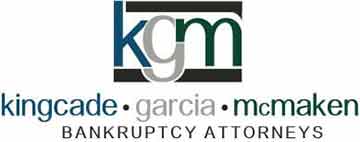If you have decided that filing a Chapter 7 bankruptcy improves your financial situation, you may need to navigate a series of legal forms and processes. The end goal for most filers involves an award of discharge, which releases you from certain financial obligations.
A discharge however involves many exceptions and responsibilities.
Discharge information
According to information from U.S. Courts, a successful Chapter 7 discharge releases individuals from most debts. The action also prevents creditors from continuing to take action to collect the discharged debt. While most debts fall under the discharge order, some do not. These typically include the following types of debt:
- Alimony and child support
- Certain taxes
- Debts associated with certain criminal actions
- Debts associated with some educational providers
Records show that most Chapter 7 cases result in a successful discharge of debt at a very high rate. Unsuccessful attempts at discharge hinge on poor record-keeping, a failed means test or a failure to follow court rules such as engaging in perjury.
Reaffirmation of a debt
In some cases, you might wish to keep a debt or reaffirm a debt. You must do this before the courts award the discharge. You can retain certain secured property such as an automobile through an agreement with the creditor. The provisions of this document include an agreement that you will pay the debt off, and that the creditor will not repossess the property so long as payments continue. Reaffirmation agreements often involve several disclosures.
A Chapter 7 bankruptcy involves many complicated actions. How to qualify for this type of bankruptcy includes filling out detailed financial information.


